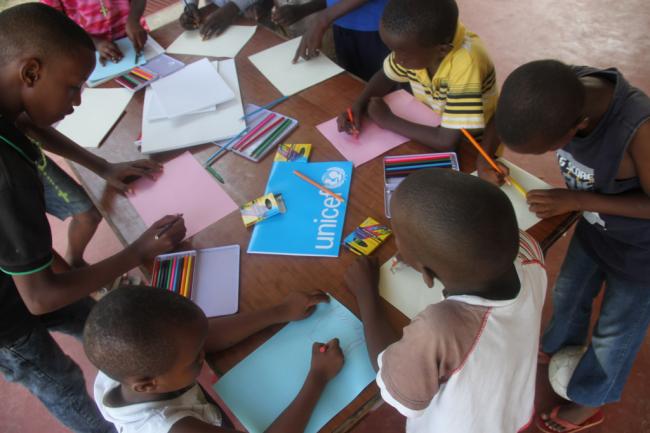
The new estimates published today in the journal PLOS ONE also note that the herpes simplex virus type 1 is an important cause of genital herpes.
Herpes simplex virus is categorized into two types: herpes simplex virus type 1 (HSV-1) and herpes simplex virus type 2 (HSV-2).
Both are "highly infectious and incurable," and while HSV-1 is primarily transmitted by oral-oral contact and in most cases causes orolabial herpes or “cold sores” around the mouth, HSV-2 is almost entirely sexually transmitted through skin-to-skin contact, causing genital herpes.
“Access to education and information on both types of herpes and sexually transmitted infections is critical to protect young people’s health before they become sexually active,”according to Dr. Marleen Temmerman, Director of WHO’s Department of Reproductive Health and Research.
“The new estimates highlight the crucial need for countries to improve data collection for both HSV types and sexually transmitted infections in general,” Dr. Temmerman said.
Herpes is a lifelong infection, which often has mild or no symptoms but can be detected by the presence of antibodies for HSV-1 or HSV-2 in the blood, according to WHO.
“It is difficult to determine the proportion of HSV-infected people worldwide who have symptomatic disease, as symptoms may be mild or simply not recognized as herpes,” it said.
Estimates for HSV-1 prevalence by region among people aged 0-49 in 2012:
Americas: 178 million women (49 per cent), 142 million men (39 per cent)
Africa: 350 million women (87 per cent), 355 million men (87 per cent)
Eastern Mediterranean: 188 million women (75 per cent), 202 million men (75 per cent)
Europe: 207 million women (69 per cent), 187 million men (61 per cent)
South-East Asia: 432 million women (59 per cent), 458 million men (58 per cent)
Western Pacific: 488 million women (74 per cent), 521 million men (73 per cent)
Estimates of new HSV-1 infections among people aged 0-49 in 2012:
Americas: 6 million women, 5 million men
Africa: 17 million women, 18 million men
Eastern Mediterranean: 6 million women, 7 million men
Europe: 5 million women, 5 million men
South-East Asia: 13 million women, 14 million men
Western Pacific: 11 million women, 12 million men
WHO is currently working on the development of a global health sector strategy for sexually transmitted infections (STIs), including for HSV-1 and HSV-2, to be finalized for consideration at the 69th World Health Assembly in 2016.
Photo: WHO/Jim Holmes
Support Our Journalism
We cannot do without you.. your contribution supports unbiased journalism
IBNS is not driven by any ism- not wokeism, not racism, not skewed secularism, not hyper right-wing or left liberal ideals, nor by any hardline religious beliefs or hyper nationalism. We want to serve you good old objective news, as they are. We do not judge or preach. We let people decide for themselves. We only try to present factual and well-sourced news.







